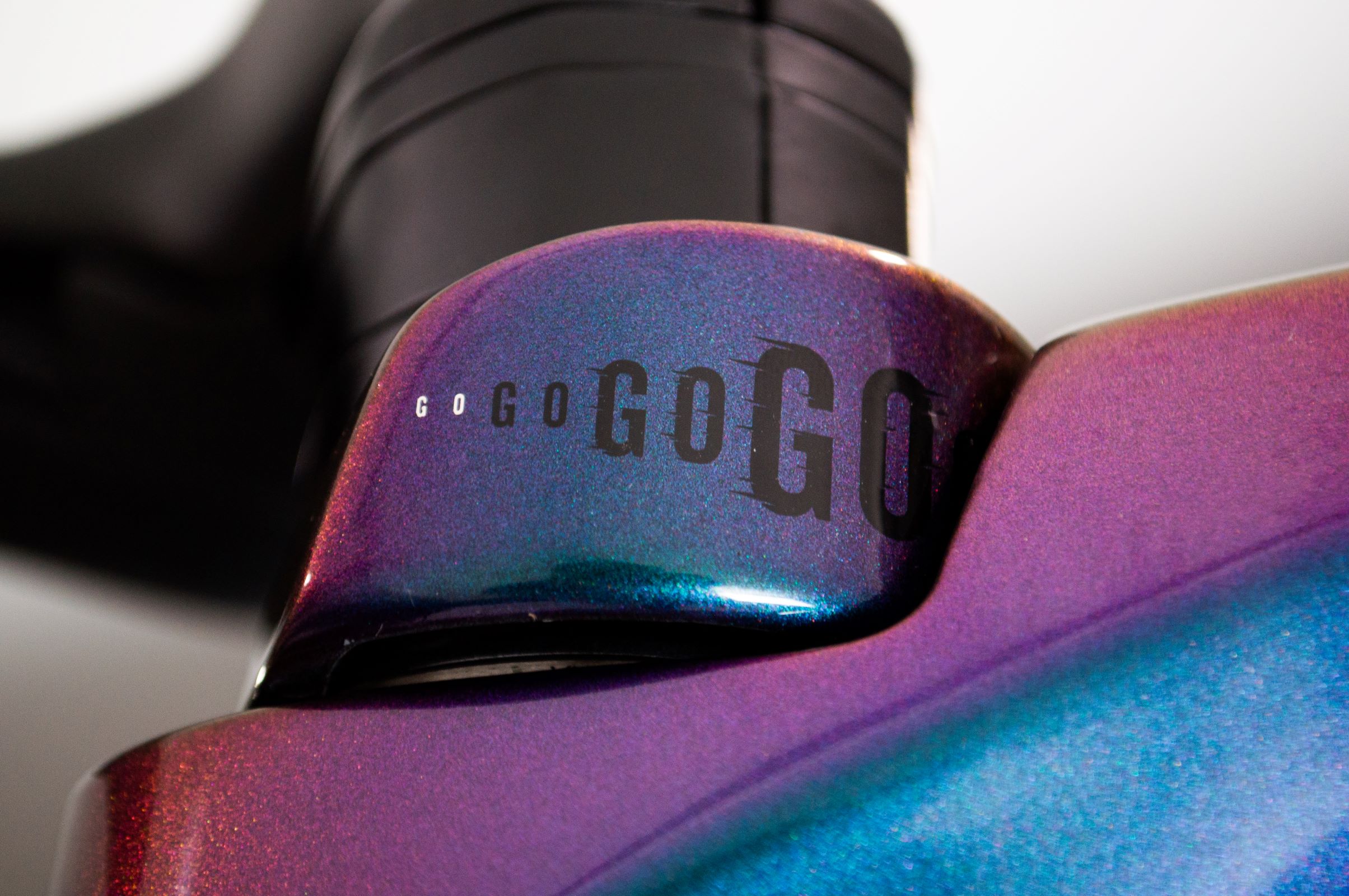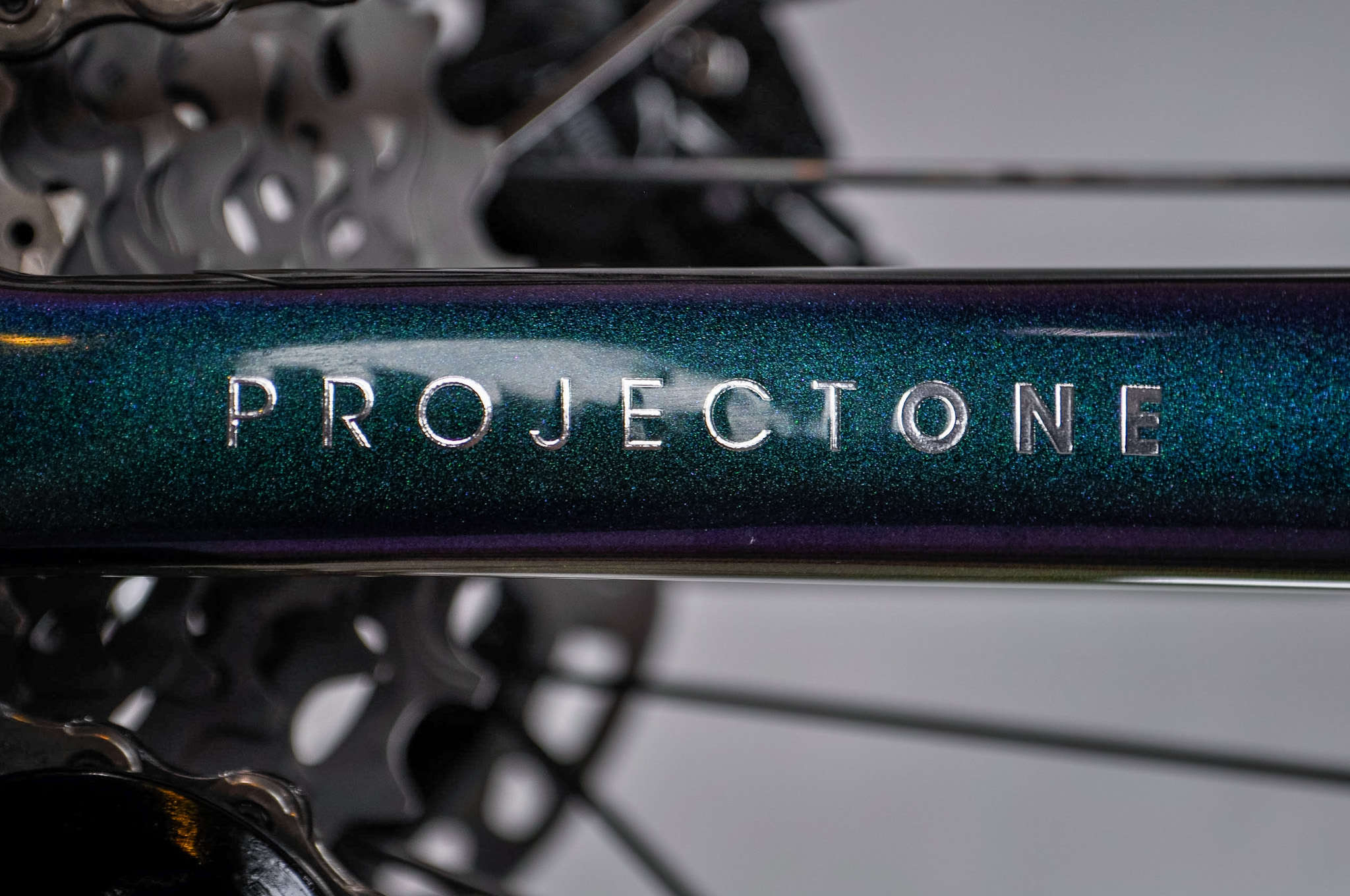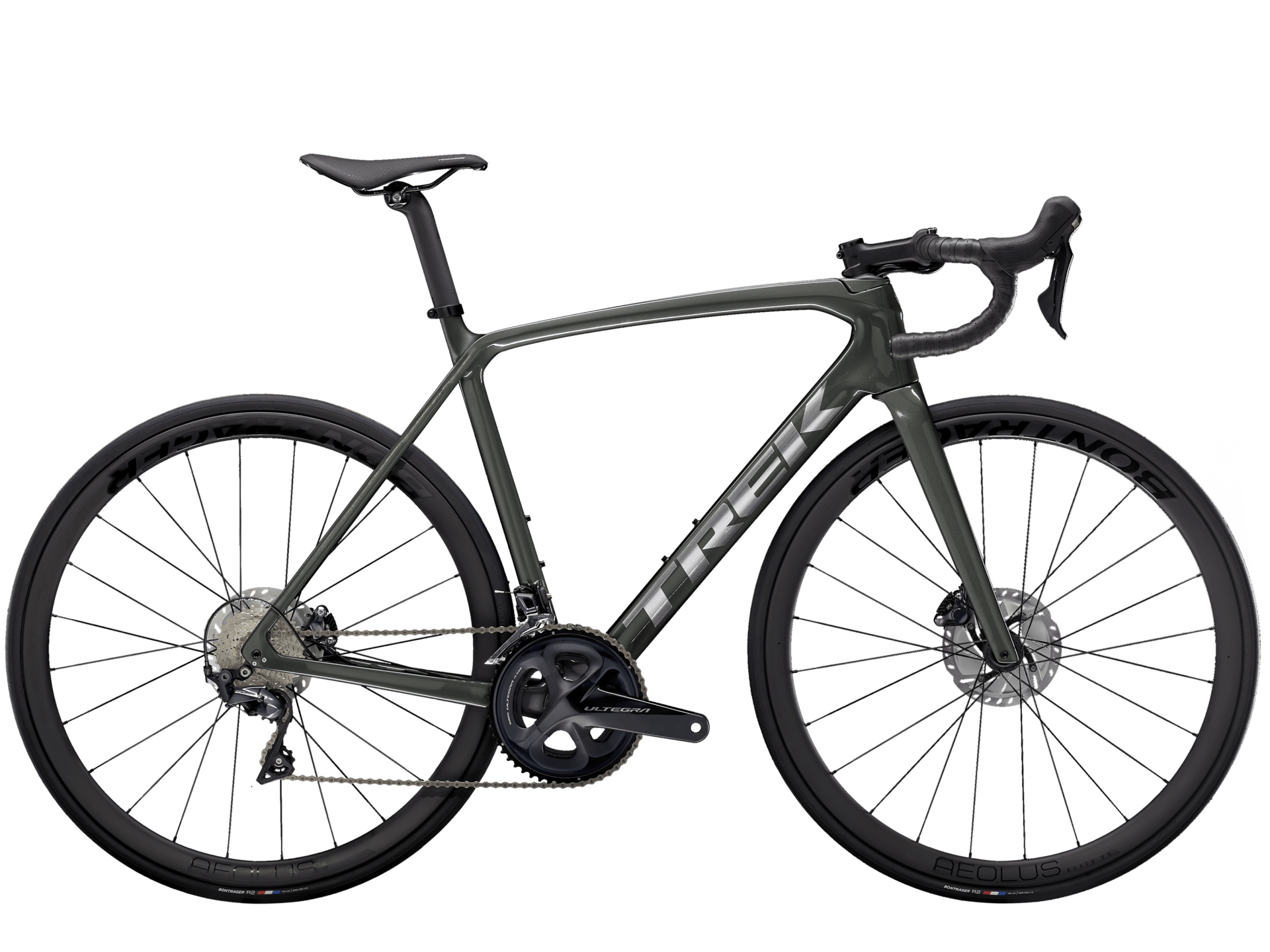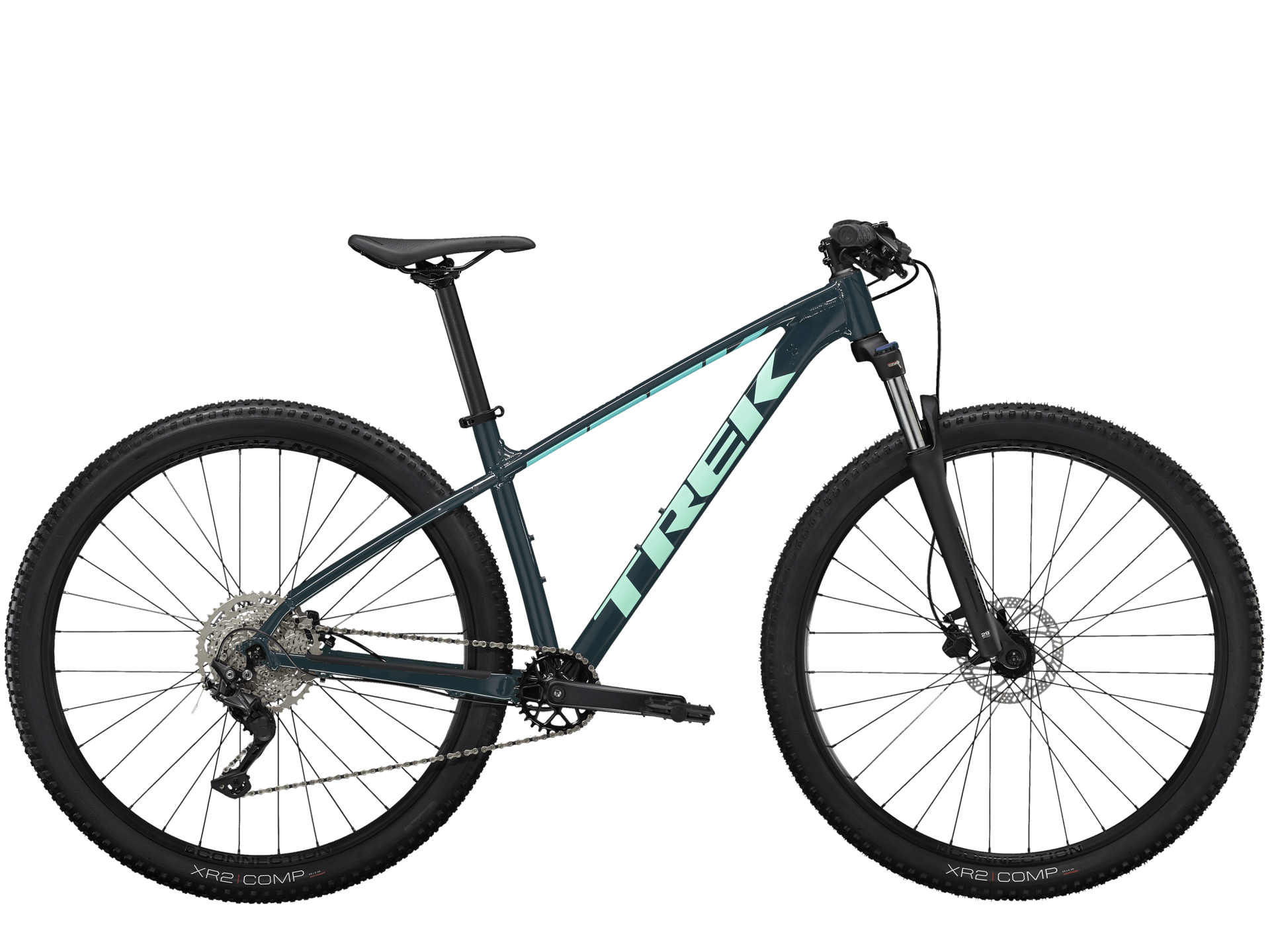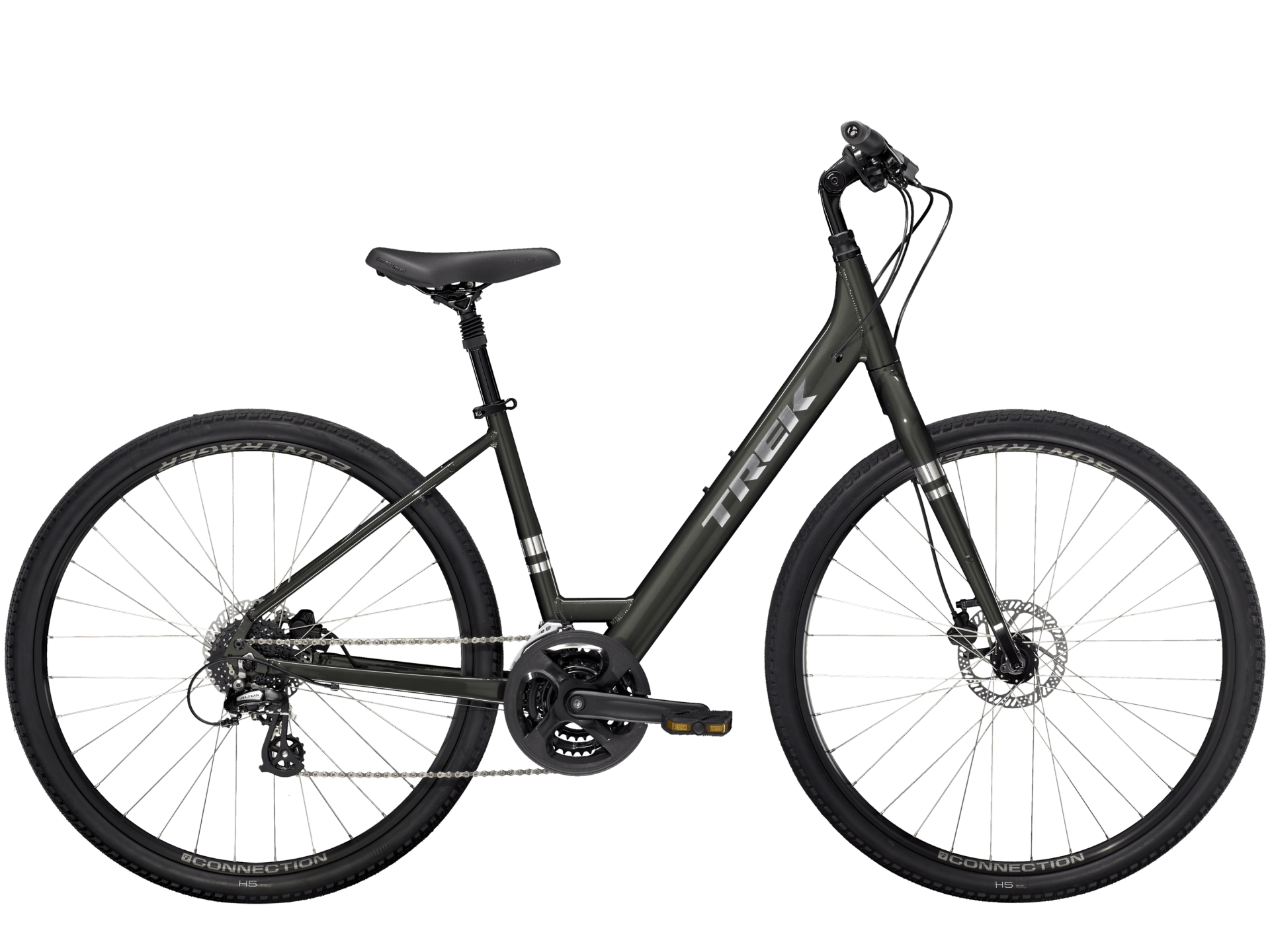BIKE BUYING GUIDE
How to choose your next road, mountain, or pedal-assist bicycle
Bikes offer a sense of freedom and can help significantly improve one’s mental and physical fitness. Bicycles come in all shapes and sizes, and serve a wide variety of purposes. With seemingly endless options to choose from, purchasing a bike can seem like a daunting process. Fortunately, the experts at Marty’s are here to support you throughout your journey and get you on a set of wheels that you’ll enjoy riding for years to come.
Marty’s is committed to matching you with your dream bike that best suits your needs. Finding the right bike can be simplified down to three areas: where do you intend to ride, what features mean the most to you, and what is your budget. After that, we’ll help you determine the right size for you and you’ll be ready to pedal.
If you’d like to discuss purchasing a new bike with a member of our sales staff, take some time to think about the three areas described below and our trained sales staff can handle the rest.
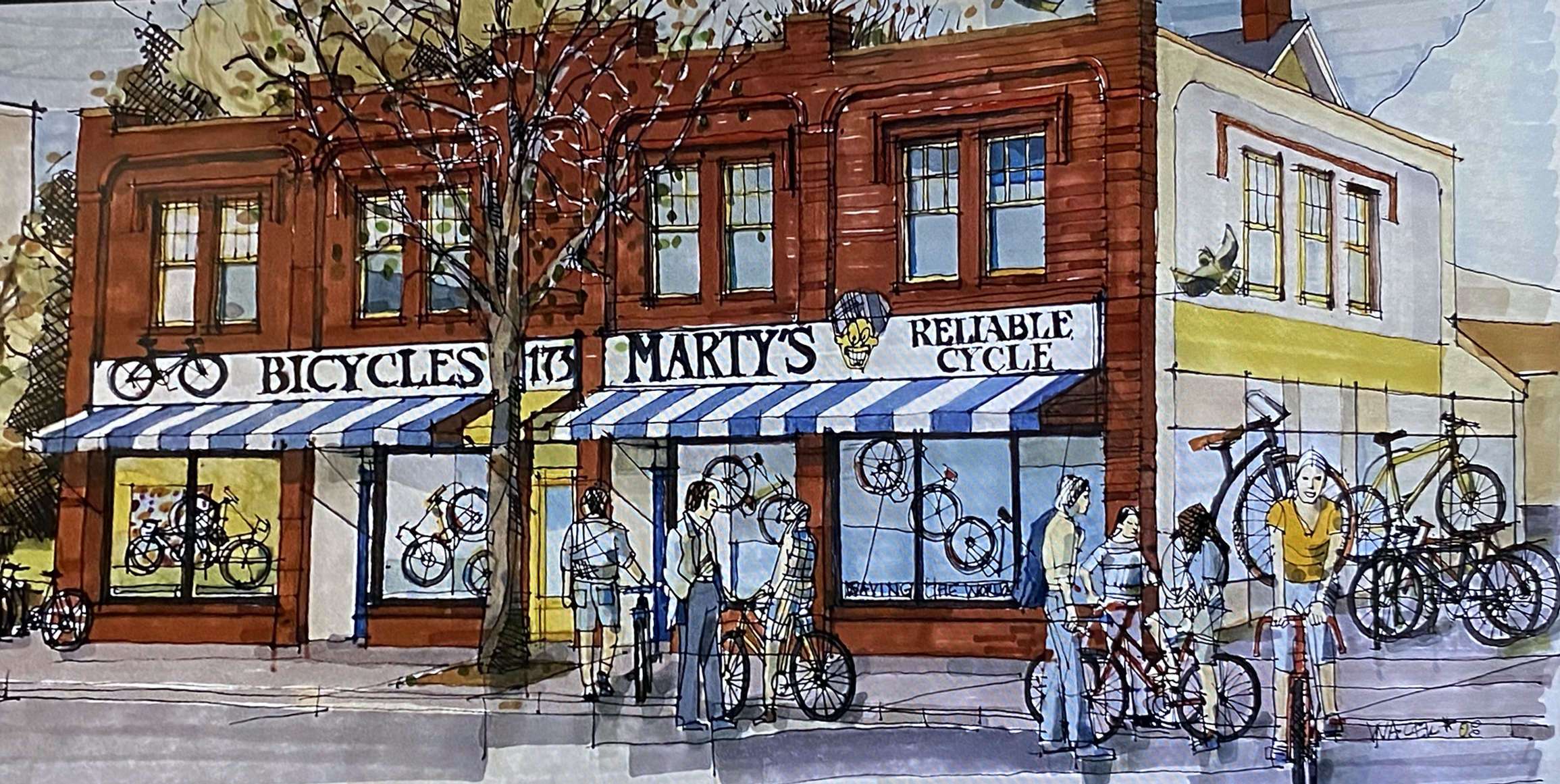
Where do you want to ride?
Bike categories can be narrowed down into five general disciplines: city, road, mountain, gravel, and pedal-assisted.
Road bikes are lightweight options that come equipped with narrow tires and drop handlebars that are intended for use on paved surfaces. They are the best for covering larger distances quickly on the pavement.
Mountain bikes are more robust and come equipped with thick tires and flat handlebars, and perform best in off-road, wooded and mountainous terrains.
Gravel bikes are hybrids between road and mountain, generally lighter in weight than a mountain bike, and equipped with drop handlebars and tires wider than those on a road bike. Gravel bikes are best suited for paved, dirt/gravel and trail surfaces. Pedal-assist bikes come in city, road, mountain, and gravel versions. They help you smooth over large hills by using a battery-powered motor to amplify your natural pedal strokes.
City bikes range from easy solutions for commuting to affordable options to ride on bike paths and light trails.
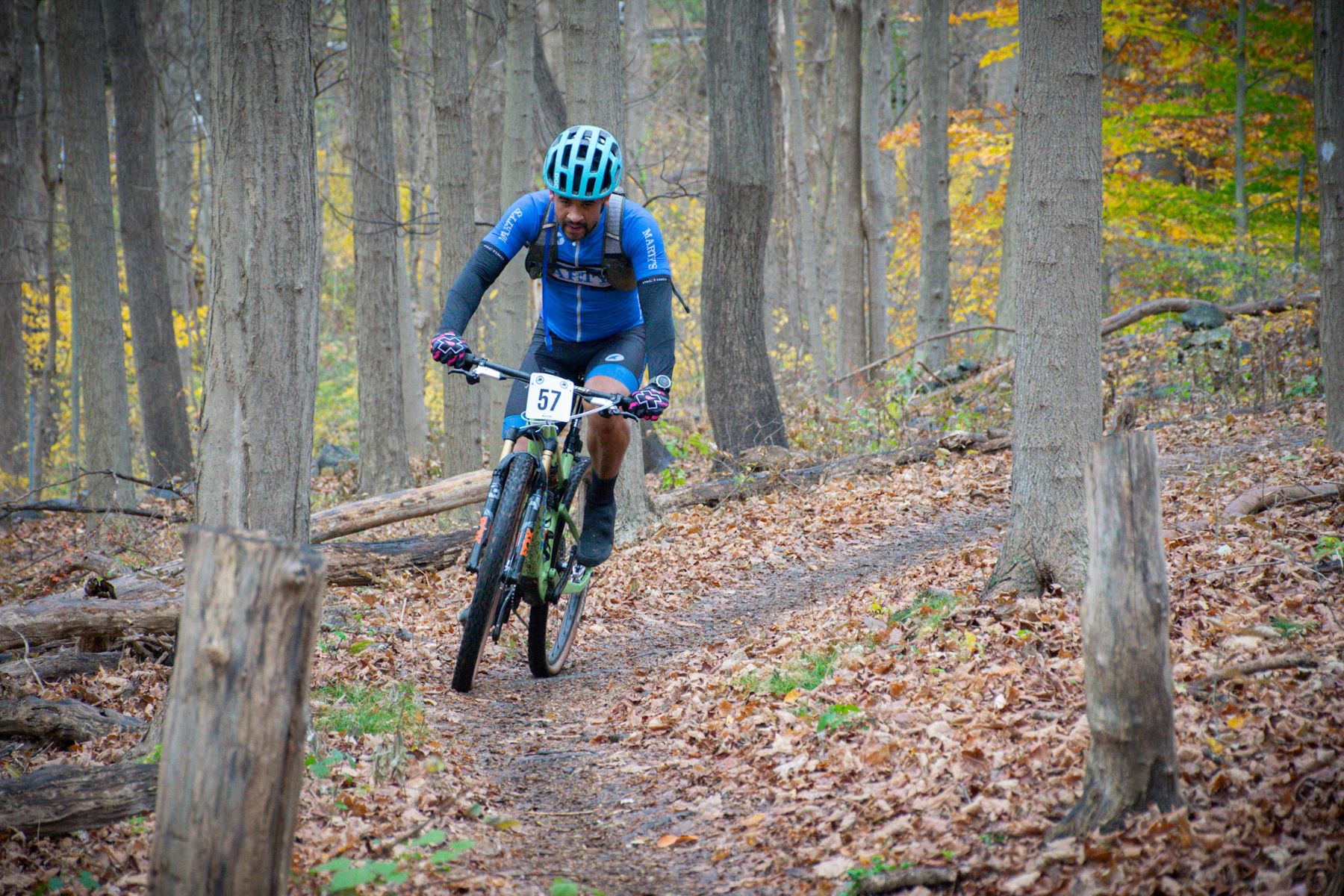
What features are best suited for you?
Within the five main disciplines, there are even more focused applications for your new bike.
Road Bikes
The road bike category splits into aero road bikes, all-around or climbing road bikes, and endurance road bikes. Aero road bikes offer reduced wind resistance compared to endurance and all-around bikes, but are typically the heaviest option because of their special aerodynamic shapes. These bikes excel on flat terrain, and typically have more aggressive geometries, encouraging the rider to pedal in a lower, racier position. All-around or climbers’ road bikes are generally very lightweight, and are great for climbing hills. Endurance road bikes are considered to be the most comfortable among road bike options, and encourage you to maintain a more upright, relaxed position, enabling riding over longer distances. Understanding these nuances can help you determine the specific bike most suited for you. Road bikes are often stocked with tires ranging from 25mm to 28mm wide.
Mountain Bikes (MTB)
When it comes to mountain bikes (MTB), there are a few sub-categories to be aware of. As with road bikes, as price increases, components become higher in quality, and the overall weight of the bike decreases with varying composite materials. Cross-country (XC) bikes are best suited for flowy trails & singletrack as well as climbing efficiency. XC bikes are typically outfitted with 29-inch tires, or 27.5-inch tires for smaller riders, and front suspension. Forgoing rear suspension for a hard-tail frame maximizes pedal stroke efficiency when heading uphill. Trail mountain bikes are often considered to be the most versatile mountain bike, with the ability to perform well both on smooth singletrack and terrain with technical obstacles. Trail bikes are usually outfitted with front and rear suspension, making them heavier than comparable XC bikes. Enduro mountain bikes are considered to be the most robust line in the sub-category, and perform best for miles of fast and technical descents. Riders will often take the chairlift up the ski mountain with an enduro back and cruise down the slopes, in warm weather that is.
Gravel Bikes
Gravel bikes have recently become the fastest growing discipline within cycling because of their versatility on-road and off, as well as the explosion in popularity of gravel events and races across the nation. Gravel bikes can most easily be described as road bikes with more relaxed geometries, lighter gearing setups and wider tire clearance. Whereas most road bikes come with two chainrings in the front, most gravel bikes come with one chainring in the front and a wider gear range in the back, enabling riders to spin at higher cadences on steep gravel inclines. A main differentiator among gravel bikes is wheel size. 700c is the standard wheel size for road bikes, therefore gravel bikes ridden frequently on pavement and smooth gravel roads and trails will often come stock with 700c wheels and tires. A downside to 700c is that tire width is typically limited with this wheel size. 650b is another wheel size option that allows for wider tires to be used on more technical terrain. 650b’s however are considered to be less efficient on paved surfaces due to higher rolling resistance. This topic is continuously being debated among gear head circles. Tire manufacturers typically produce 700c tires up to 45mm wide, while 650b tire widths can range up to 55mm wide. The most common tire width on 700c gravel bikes range between 35mm - 45mm, 650b tires typically range between 47mm and 50mm wide.
 What’s your budget?
What’s your budget?
While less expensive bikes might seem to offer better value for money, higher end models are often more future proof. As bicycles increase in price, the components increase in quality. For example, more expensive road bikes are equipped with electronic gearing systems, they are lighter, and often offer unique aerodynamic, safety, or comfort advantages over less expensive options. A good quality road bike starts at around $1,000, with top spec racing bicycles costing well over $10,000.
After narrowing things down to a few options, our trained staff members will determine the right size bicycle for you by asking you to measure your height and inseam.
We offer free home delivery on adult bicycles. If you have any questions, please call one of our team members at (973) 584-7773.
Customization
In addition to informing our customers of the various bike categories, our staff is also obliged to educate our clients on products that can complement your cycling experience. We have created a list of recommended customization items to enhance your experience.
The first and most important safety item that is very highly recommended if not required for all riders is a helmet. Just as with bike categories, helmets cater towards various disciplines. Road cycling helmets are typically lighter in weight and more aerodynamic than mountain bike helmets, which often provide more shade and coverage. All helmets sold in the United States must pass the same safety requirements.
Most high-end bicycles do not come with pedals for the simple reason that there are a variety of shoe / pedal systems to choose from. Clipping into the pedals on a bike can seem intimidating at first, but it’s important to understand that clipping into the pedals provides a number of benefits including injury prevention, increased control over the bicycle, and an increase in pedal stroke efficiency by over 30%. The two most common pedal brands are Shimano and Look. The Shimano SPD system is standard for mountain and gravel bikes, while Shimano SPD-SL and Look Keo are the most common pedal systems for road bikes.
It is also highly recommended to invest in front and rear lights for your bicycle to increase visibility for both yourself and other riders and motorists. A bell is also a great safety item.
Finally, our staff recommends investing in water bottle cages to secure your water bottles to your new bicycle, and a saddle bag to secure any other safety or mechanical equipment you might require on your rides.
Options to Consider Currently on Sale
Aero Road Bike - Émonda SL 6 Disc Pro
Émonda SL 6 Disc Pro is the first carbon road bike in the lineup that gives you lightweight carbon wheels to match your lightweight frame. Aero tube shaping, disc brakes, and a high-performance drivetrain make it a great option for roadies who value great handling and lots of speed. If you're looking for every performance advantage on fast group rides and races, and you'd rather get the whole package now than make an upgrade to carbon wheels down the line. If you also want the free speed of an aerodynamic frame, look here. A lightweight and aerodynamic 500 Series OCLV Carbon frame and fork, Bontrager Aeolus Elite 35 carbon wheels, a full Shimano Ultegra 11-speed drivetrain, and powerful Ultegra disc brakes.
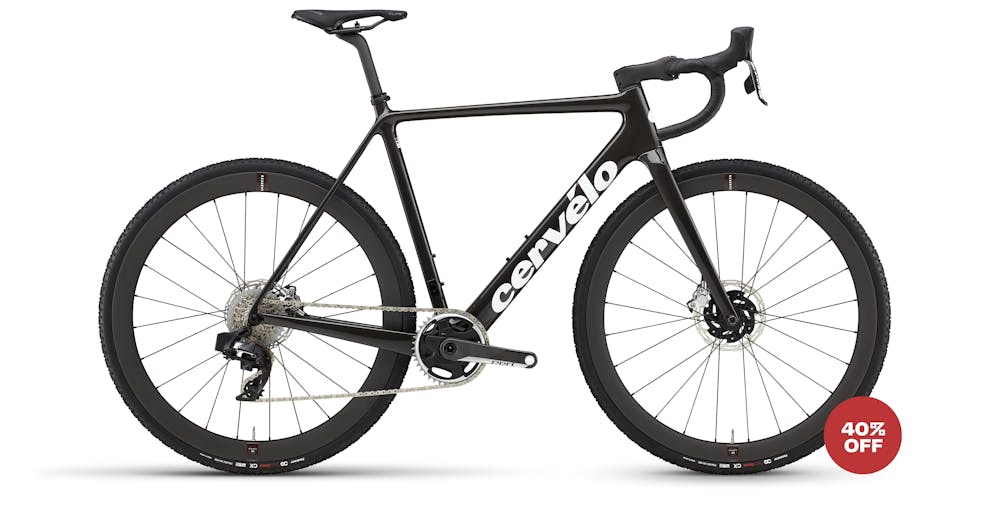
Gravel Bike - Cervelo R5-CX
Like the R3 Cross, the R5-CX draws much of its performance and design from the R5, but with some key differences. The handling and fit are unique to this model. And while we’ve kept the asymmetric cups of BBRight, we've threaded them into a T47-sized hole. While a unique-to-us implementation, it uses standard inboard and outboard T47 cups. All cables route internally, and the frame is only compatible with electronic drivetrains to limit grit and water ingress. There's gobs of clearance for gobs of mud, and is available in four sizes—51, 54, 56, and 58cm.
Mountain Bike - Marlin 6 Gen 2
Marlin 6 is a cross country mountain bike built to give you an efficient off-road ride with a suspension fork that locks out, and a simple 1x drivetrain. It's made for mountain biking, but it's also equipped with features like rack and kickstand mounts that make it a great choice for adventurous daily commutes. A sturdy aluminum frame with internal routing to protect your cables and add to the bike's sleek look, powerful hydraulic disc brakes, and a simple 1x10 Shimano drivetrain that ditches the front derailleur for less clutter and easier operation. The wide-range cassette still gives you all the gears you need for big climbs and steep descents. Plus a suspension fork with a lever that lets you easily lock the suspension so you don't waste energy on smooth terrain.
Commuter / Urban - Trek Verve 2 Disc Lowstep
Verve 2 Disc Lowstep is a hybrid bike designed for comfort and fun on commutes, cruises, and fitness rides. It has a lot of thoughtful features that make for a confident and comfortable ride, like a lowstep geometry that makes it easy to mount and dismount, a suspension seatpost, and disc brakes that perform in any weather. A lightweight aluminum frame with mounts for a rack and fenders, a lowstep design that makes it especially easy to mount and dismount, a reliable drivetrain with 24-speeds so you'll never have to pedal too hard or too soft, powerful disc brakes, an adjustable stem, a padded saddle, wide tires for extra stability, a road-smoothing suspension seatpost, and a geometry that keeps you in a comfortable, upright riding posture.

